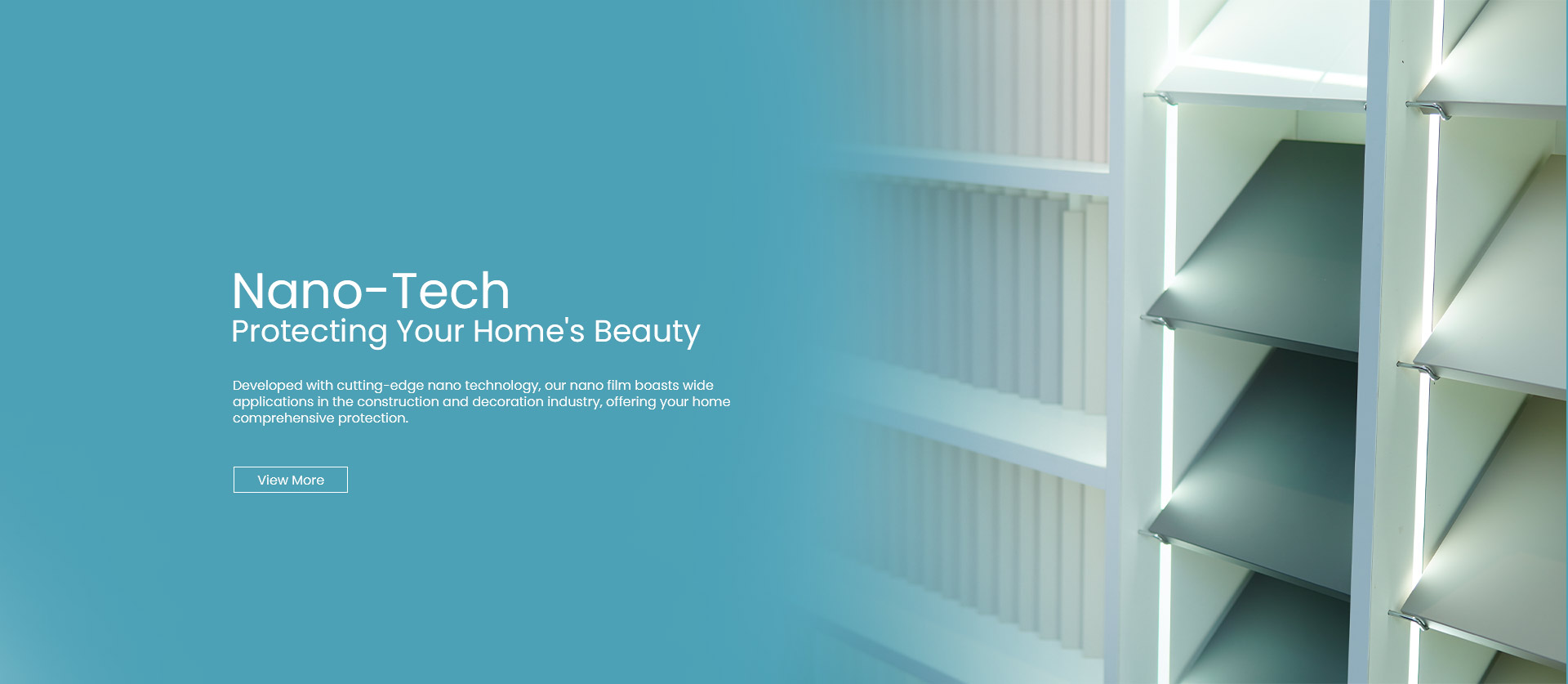Innovative Applications of Nanofilm Technology
In the rapidly evolving landscape of commercial space design, the integration of cutting-edge technologies into building materials has become a pivotal aspect. One such technological advancement is the incorporation of nanofilm on various substrates, revolutionizing the aesthetics, durability, and functionality of surface decorations. This article delves into the myriad applications of nanofilm technology in the production of commercial space building materials.
nanofilm Technology Overview:
Nanofilm, consisting of nano-scale materials and coatings, introduces a new dimension to surface decoration in commercial spaces. This technology offers unparalleled benefits, including enhanced durability, resistance to environmental factors, and the ability to impart unique visual effects.
Applications in Surface Decoration:
1. Enhanced Aesthetics: Nanofilm technology allows for the creation of vibrant and visually appealing surface decorations. The thin film coatings can be engineered to provide a range of finishes, from glossy to matte, meeting the diverse aesthetic preferences in commercial spaces.
2. Durability and Longevity: By applying nanofilm coatings on substrates, commercial space building materials gain improved resistance to scratches, abrasion, and other forms of wear. This not only enhances the lifespan of the materials but also reduces maintenance costs over time.
3. Anti-Glare and Anti-Reflective Properties: nanofilms can be engineered to reduce glare and reflections on surfaces, making them ideal for areas with high natural light or spaces that require optimal visibility, such as offices and retail environments.
4. Hydrophobic and Oleophobic Coatings: Nanofilm technology enables the creation of hydrophobic and oleophobic coatings, providing surfaces with water and oil repellent properties. This is particularly beneficial in commercial spaces where spills are common, such as restaurants or cafes.
5. Customizable Visual Effects: Nanofilm coatings offer the flexibility to create customizable visual effects, including color-changing properties, holographic finishes, and other dynamic features. This opens up creative possibilities for architects and designers in commercial space projects.
Integration with Various Substrates:
Nanofilm technology is adaptable to a wide range of substrates commonly used in commercial space building materials, including glass, metal, plastic, and composite materials. This versatility allows manufacturers to incorporate nanofilm coatings seamlessly into their existing production processes.
As the demand for innovative and sustainable commercial space solutions continues to rise, the integration of nanofilm technology in surface decoration represents a forward-thinking approach for building material manufacturers. By harnessing the capabilities of nanofilm, these manufacturers can not only meet the aesthetic and functional demands of modern commercial spaces but also contribute to the advancement of the industry as a whole.
Previous: Is there a current market for Nami-film applications?
Next:


